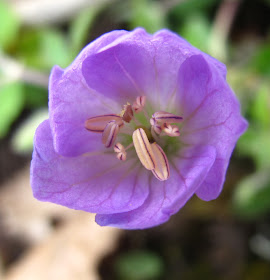Today marks another milestone for the Wilmot Pipeline construction as the equipment is readied for the pulling of pipeline into the directional drilling bore hole.

A device called a "pull head" is moved into position for welding onto the first section of the pipeline. The pull head will be attached to drill pipe, that is already in the bore hole, and then pulled back through the bore hole.

Welding the pull head onto the first section of pipeline.

The pull head welded on the pipeline.

Back at the bore hole, a reamer and swivel are attached to the drill pipe that runs through the bore hole.

A close up view of the reamer that clears the bore hole as the pipeline is pulled behind it.

View of the reamer and drill pipe as it enters into the bore hole.

View of the drill pipe entering into the bore hole. A pit full of drilling mud is located in front of the bore hole to lubricate pipeline as it enters the bore hole.

The first section of the pipeline is lifted and moved toward the bore hole.

An "Army" of excavators is required to lift and move the section of pipeline.

View of the excavators moving the pipeline through the wetland area to the bore hole.

The pull head on the pipeline is attached to the swivel on the drill pipe.

View of the drill pipe and reamer attached to the pull head on the pipeline.

With the first section pipeline in position for the "pull back", the second section of pipeline is moved into position for welding to the first section of pipeline.

Tack welding the two sections of pipeline.

Welding the two sections of pipeline. Once the welding is complete the welded joint will be X-ray inspected and a protective coating applied.

View of the pipeline as it stretches through the wooded wetland area to the bore hole.




























































